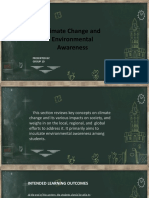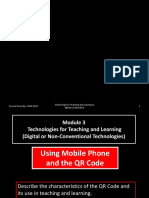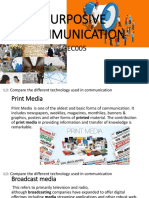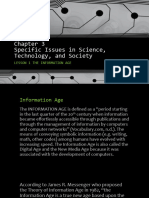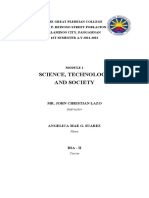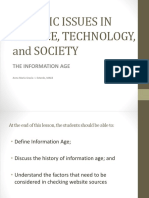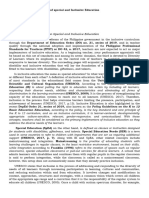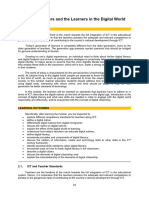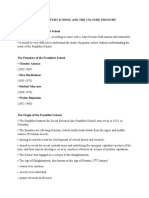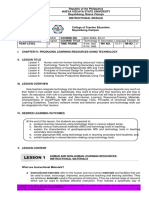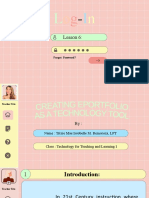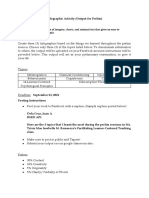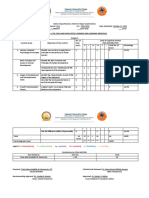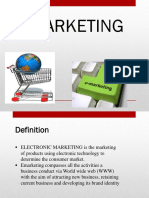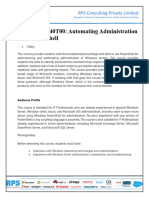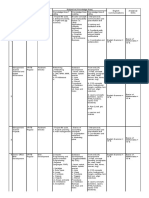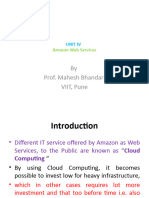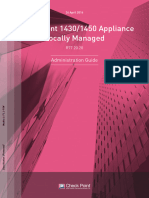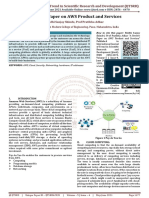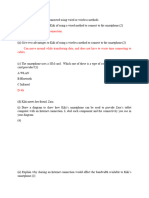0% found this document useful (0 votes)
337 views6 pagesTTL Module 1
The document discusses national ICT policies in the Philippines and some issues regarding ICT policy and regulations globally and locally. It outlines the Department of Information and Communication Technology's roadmap to guide agencies in utilizing ICT, including education-focused programs. Some key issues discussed are freedom of expression vs censorship, privacy and security concerns, and data surveillance.
Uploaded by
Trixie Mae Issobelle RemorozaCopyright
© © All Rights Reserved
We take content rights seriously. If you suspect this is your content, claim it here.
Available Formats
Download as DOCX, PDF, TXT or read online on Scribd
0% found this document useful (0 votes)
337 views6 pagesTTL Module 1
The document discusses national ICT policies in the Philippines and some issues regarding ICT policy and regulations globally and locally. It outlines the Department of Information and Communication Technology's roadmap to guide agencies in utilizing ICT, including education-focused programs. Some key issues discussed are freedom of expression vs censorship, privacy and security concerns, and data surveillance.
Uploaded by
Trixie Mae Issobelle RemorozaCopyright
© © All Rights Reserved
We take content rights seriously. If you suspect this is your content, claim it here.
Available Formats
Download as DOCX, PDF, TXT or read online on Scribd
/ 6





